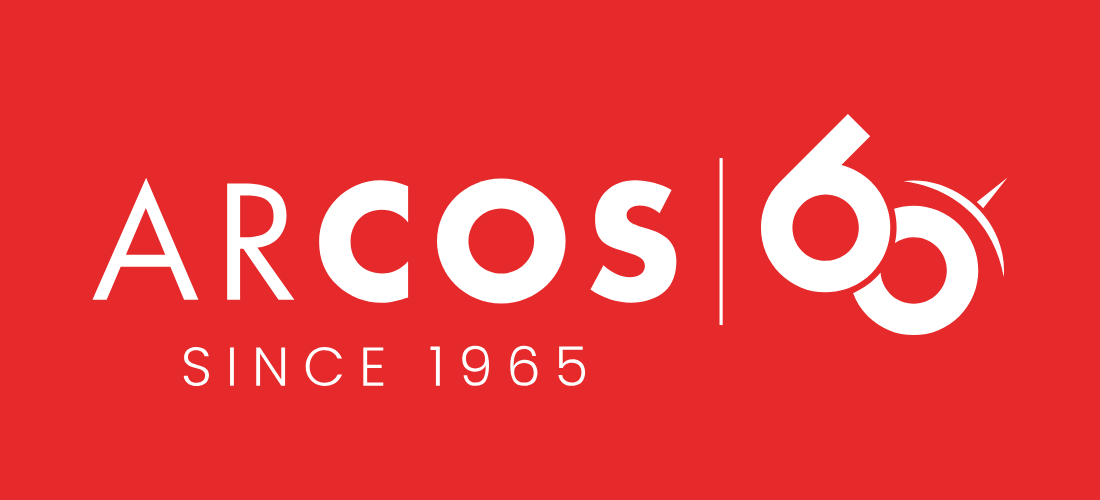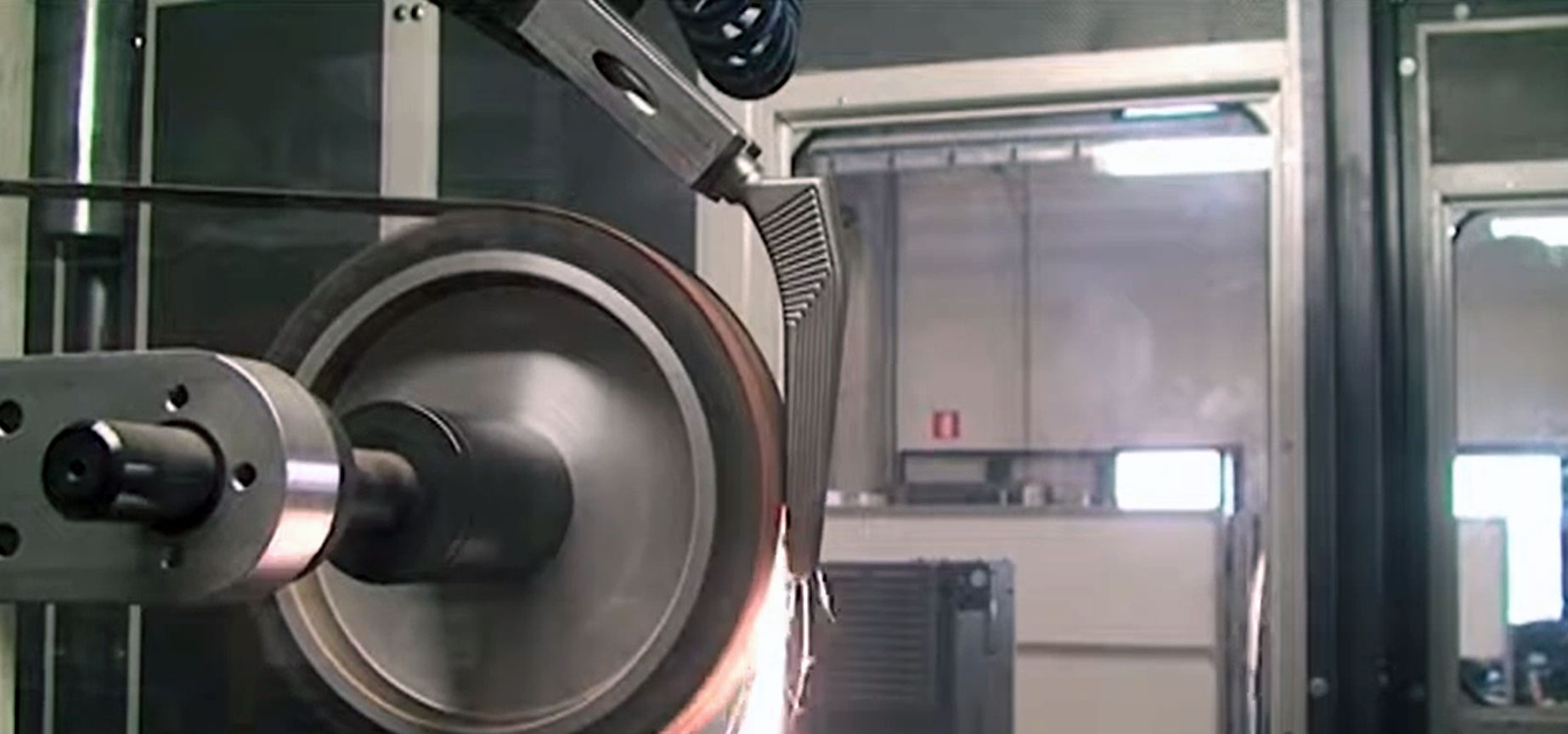The medical field is certainly one of the areas that has been able to take full advantage of the benefits and innovations brought about by technology. Indeed, in the medical field, robots have made it possible to improve the way habitual tasks and surgeries are performed, as well as the way tools and supplies are made for doctors and patients.
What are the benefits of robotics in healthcare and what technologies, in particular, have enabled them? We discuss them below, with a concrete example of robotic systems made by Arcos and intended for medical.
Table of Contents
How is robotics being used in healthcare?
The first uses of robots in the medical field date back to the 1980s, when early prototype robotic arms offered assistance to staff in surgical operations. The rapid technological development that took place in those years, the advent of AI and increasingly detailed data analysis has since allowed the capabilities of robots to be transformed and evolved, employing them in more and varied ways.
In fact, robots in the medical field mainly fulfill two functions.
Surgery by robot
Robotics is being put to support minimally invasive surgery: the robot is controlled by a computer to assist the physician in certain surgical procedures. What are the benefits?
Because of their dexterity and small size, robots are able to work in very small spaces of the body, usually accessible through open surgery. With robot surgery, however, the incision made is smaller, thus limiting the risk of infection and perceived pain, for a smaller and less noticeable final scar. In addition, the hospitalization period is reduced due to faster recovery times compared to open surgery.
Robotic process automation
Robotics is being put to use in support of automation: both within research laboratories to speed up repetitive manual tasks and in health care environments as concrete support for tasks and duties usually performed by doctors and nurses.
As far as automation is concerned, robotics is also exploited to better work and refine the tools intended for this sensitive field. In fact, medical requires tools that are free of imperfections, extremely reliable and safe. To ensure such a high level of quality, surface finishing is entrusted to advanced technological systems.
The benefits of robotics in healthcare
Such rapid advancement of robotics in this area was certainly aided by the concrete and revolutionary benefits immediately perceived.
In surgery it has provided greater visibility of operation, better handling and unprecedented precision.
Clinical workflows of different processes have been simplified. Placing orders, keeping track of inventory or sanitizing and preparing rooms for patients are just a few examples of routine tasks that have been entrusted to robots, easing the burden on staff who can better devote themselves to patients.
The work environment is safer: difficult, repetitive and risky operations for staff can be carried out very easily and quickly by robots.
In tool machining, robotic systems make it possible to increase the number of parts machined to perfection, reducing the time and cost of production processes. Quality is maintained in the finished part while efficiency is increased: the precision of robots makes it possible to limit the risk of error and thus wasted material, as well as avoiding alienating and dangerous work for operators.
Arcos robotic systems for medical
For more than tot years, Arcos has been involved in the creation of robotic automation systems intended for surface finishing of different materials, for more and varied fields. For health care, the robotic cells developed by Arcos allow the best definition of the surface of tools intended for this sector. Indeed, the tools used in medical must meet high quality standards: people’s health and safety depend on their use.
Thanks to renewed collaborations with companies operating in the medical field, Arcos has been able to refine and specialize in providing technologies for medical grinding, but also for cutting, polishing and many other finishing processes.
A robotic system for finishing recreated bone prostheses in stainless steel and titanium can be seen here.
Conclusion
The benefits of robotics in health care are now well established, and they have revolutionized the way we operate and manage processes in the delicate medical world. Thanks to robots, minimally invasive surgery has been made more efficient, as, moreover, have all the habitual activities that have become part of the world of automation. In this, Arcos is undoubtedly a protagonist with robotic systems dedicated to finishing tool surfaces destined for medical.
Would you like more information on this issue? Contact us here: an Arcos Team technician will answer all your questions.


